More than 1,200 deer roaming free in Nara Park are national natural treasures and are considered messengers of the gods in traditional Japanese Shinto.
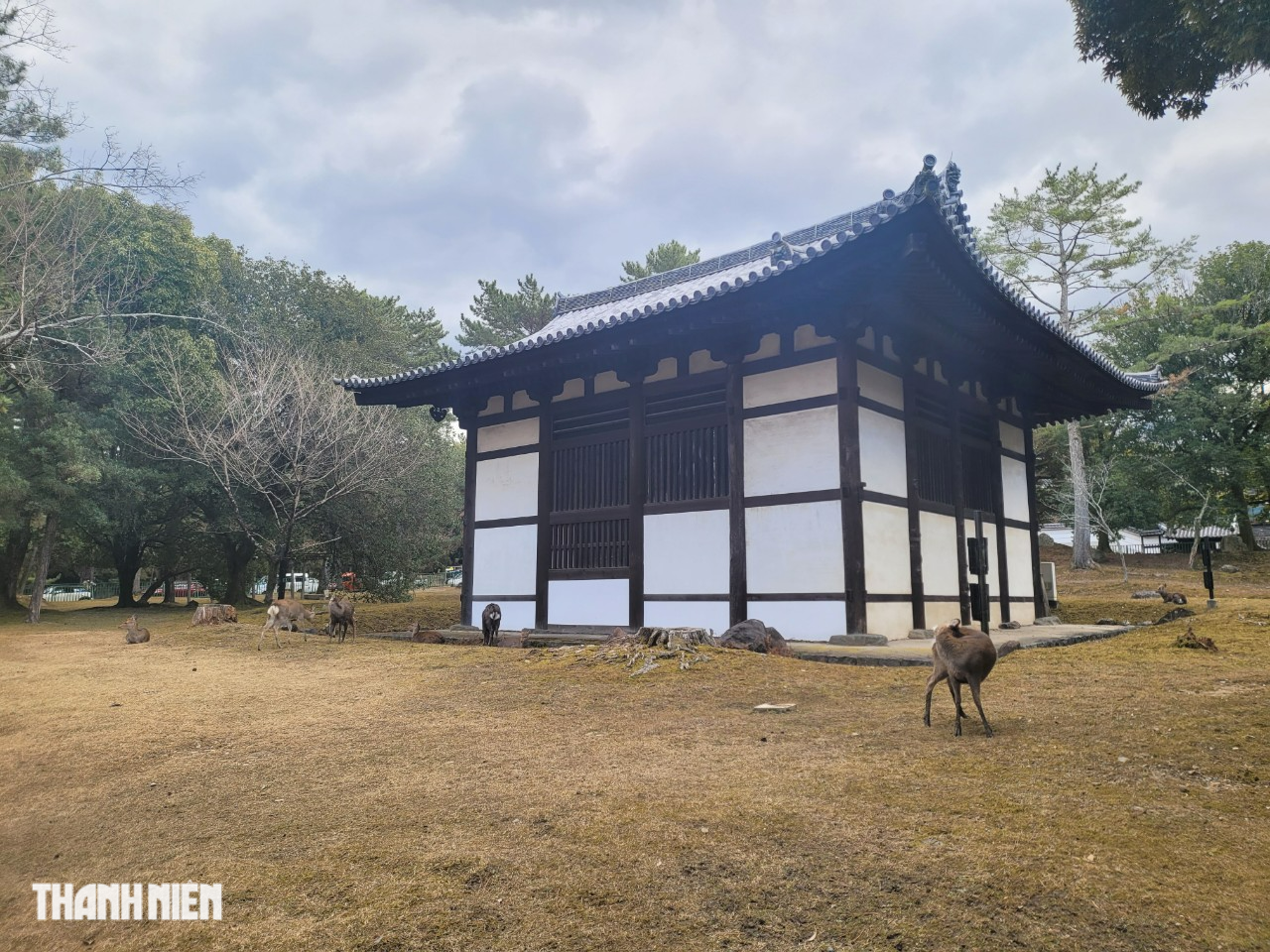
Nara, a city in Nara Prefecture, is a must-see destination for visitors when stopping over in Kyoto or Osaka. Express trains conveniently take visitors to this city of 8th-century temples. If you have small children, the family must visit this place and spend a fun day in Nara Park - the park of special deer.
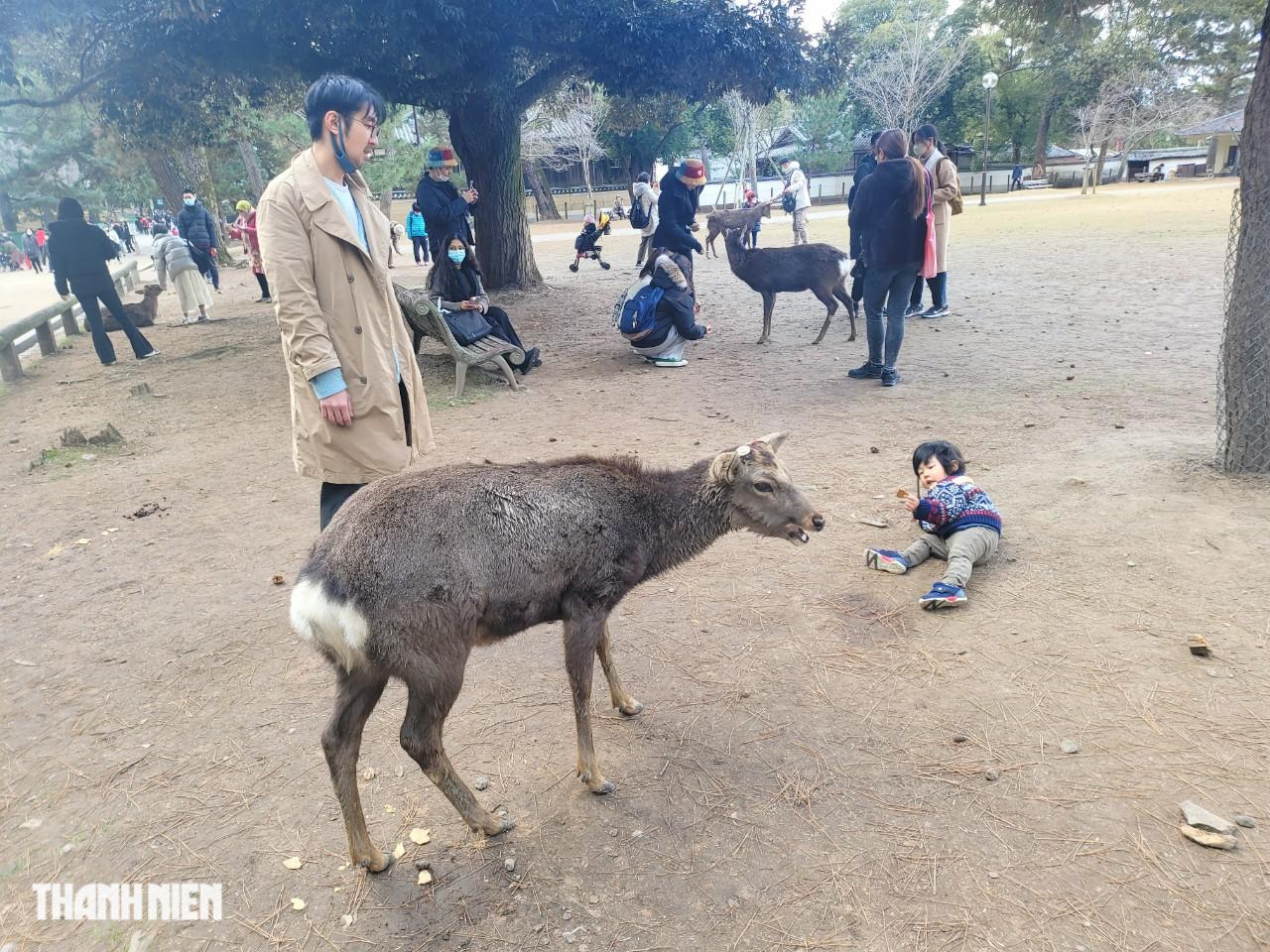
Nara Deer Park is an open space, without roof, without fences and free, in a large land area of up to 5 square kilometers. The park is surrounded by roads and more than a thousand deer are inside, never escaping outside.
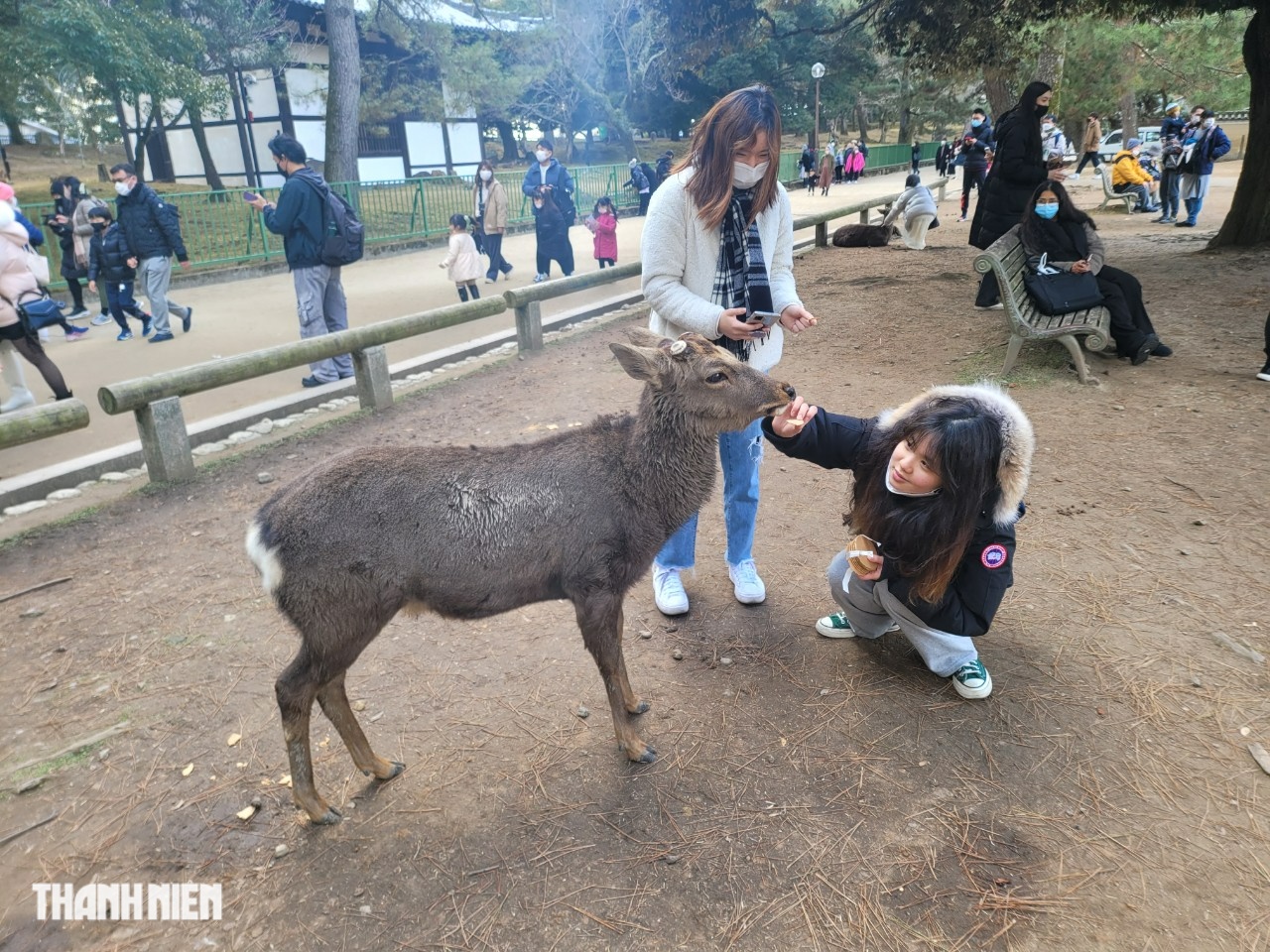
The park has many ancient structures, but most tourists come here to see, pet and feed the deer. The wild deer here are used to being fed by tourists so they are very tame.
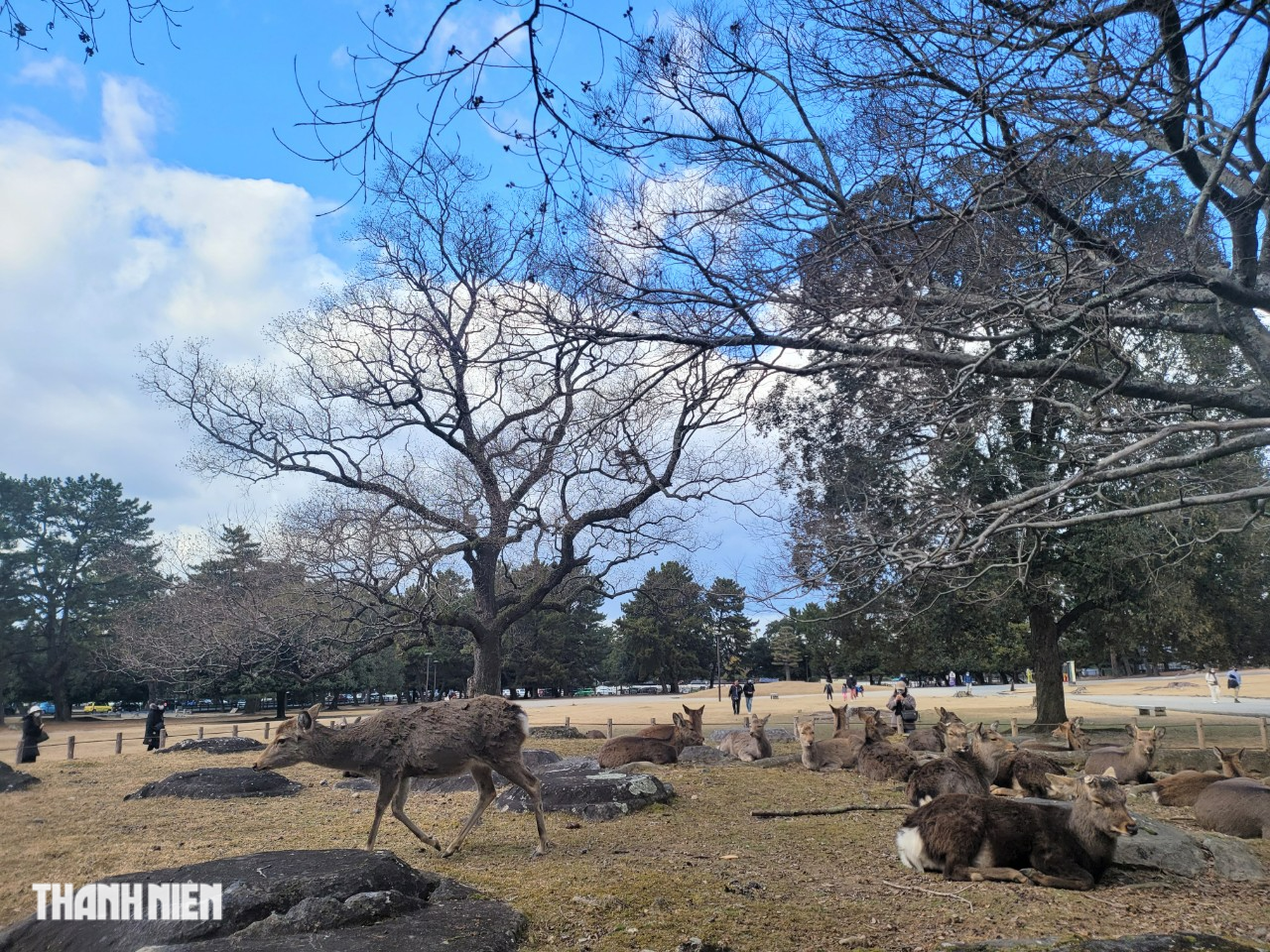
Established in 1880, Nara is one of the oldest parks in Japan. Deer are divided into groups, they gather in many areas of the park. Many documents record that in 1177, Kujo Kanezane, a nobleman and his family visited this area, encountered a herd of deer living
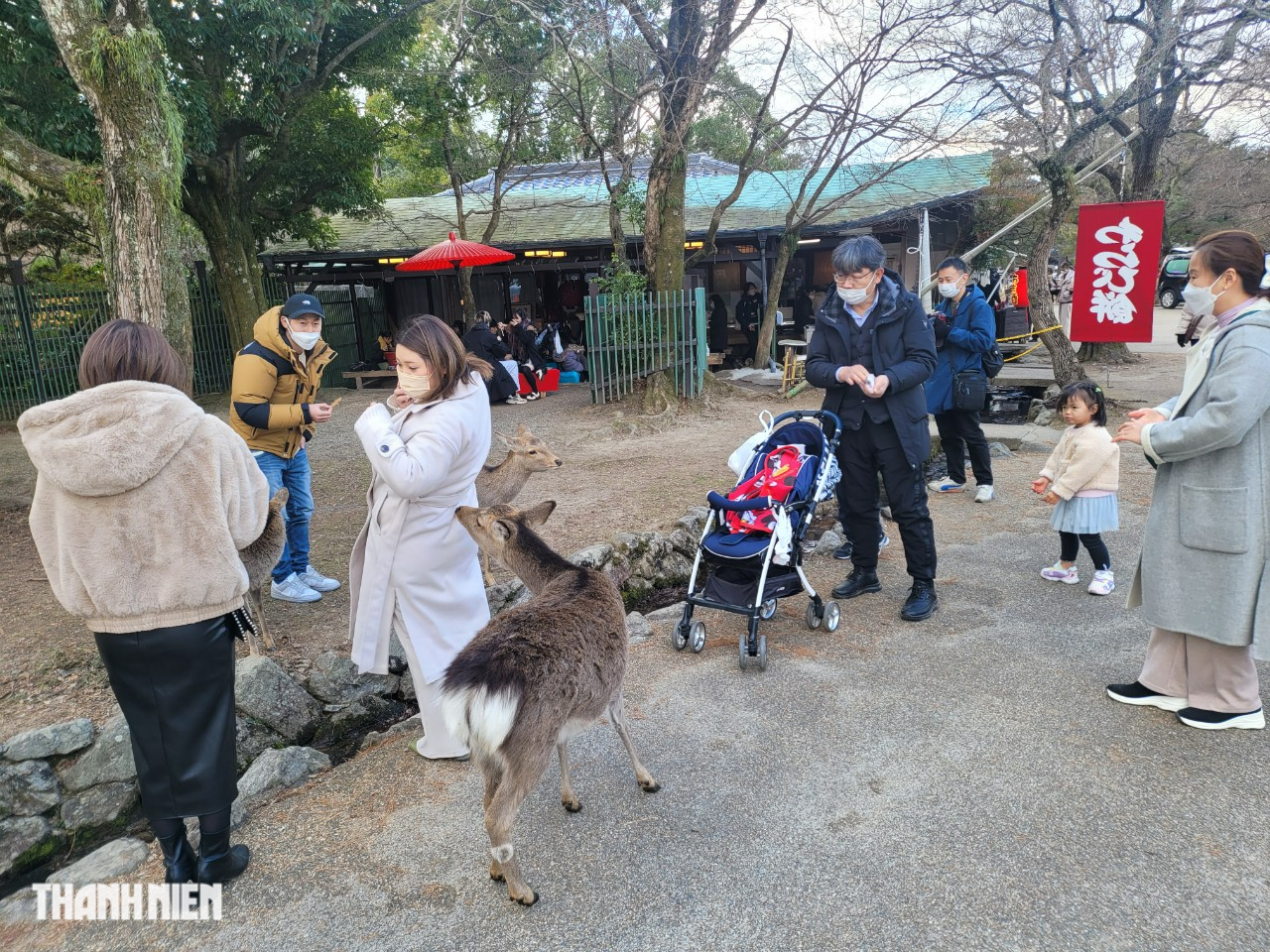
Then, in 1189, Kanezane, head of the Fujiware clan, rebuilt the temple at the site of present-day Nara Park when a deer appeared inside the main hall. In his book, he wrote: "I was bewildered for a moment, then clasped my hands and bowed to the deer." Since then, deer have been considered a sign of good luck.
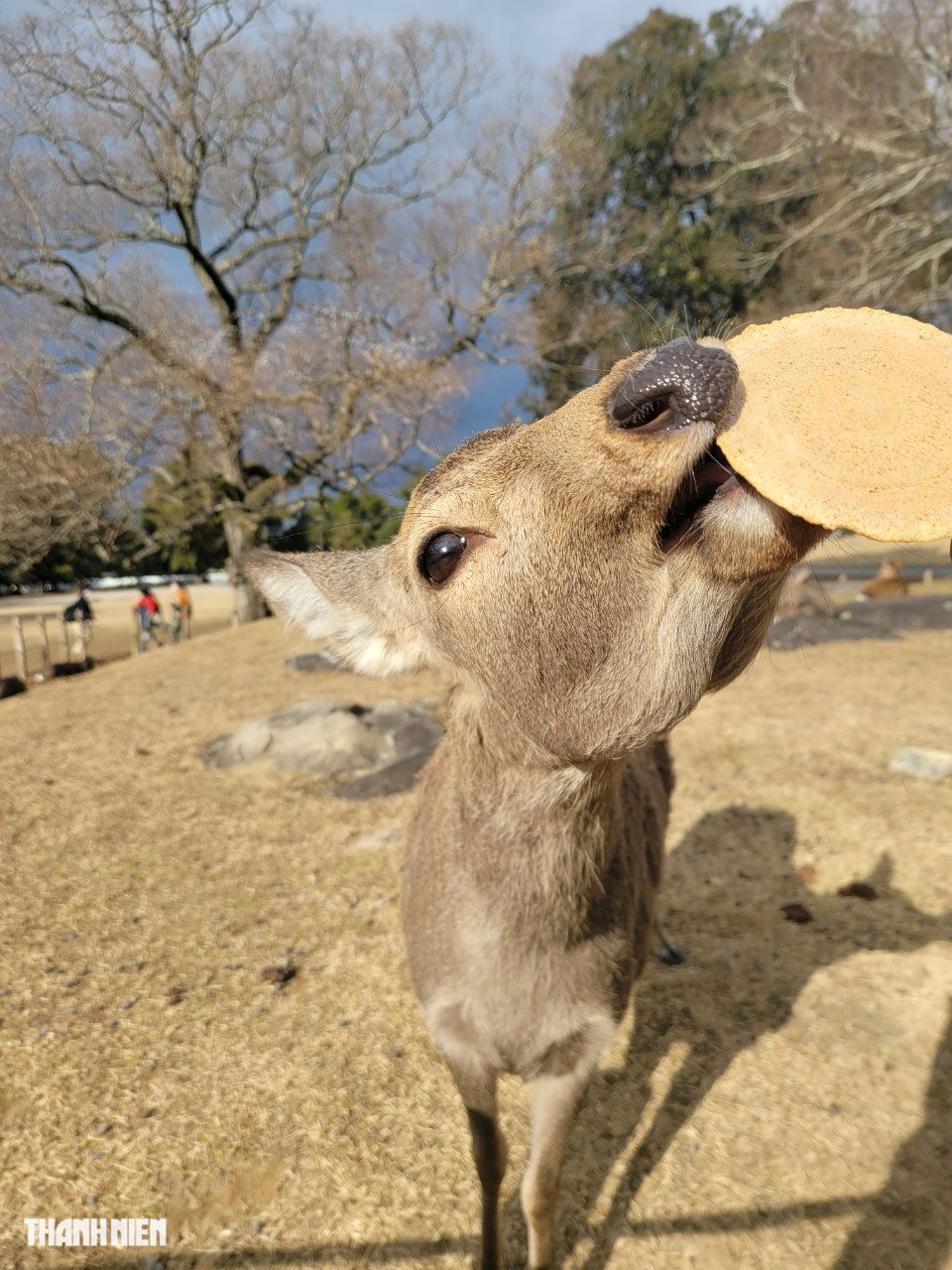
In the 1500s, thousands of deer lived wild in the city and were revered. In that era, hunting deer was punishable by death. Anyone who violated this decree had their property confiscated...
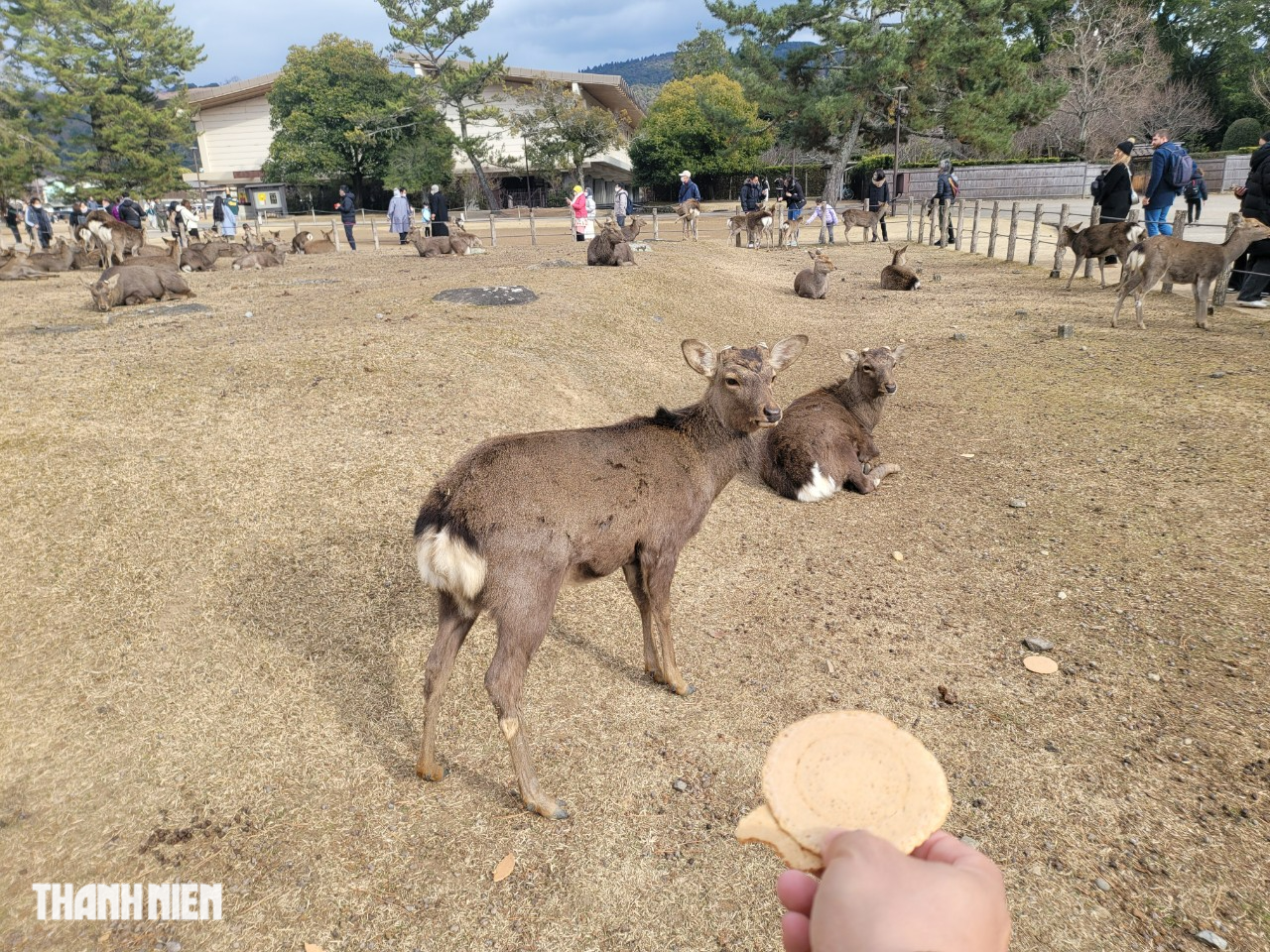
Although the sentence has not been officially enforced since 1637, the penalties remain. In 2010, a 40-year-old man was sentenced to 10 months in prison for killing a deer in a park with a crossbow, according to CNN.
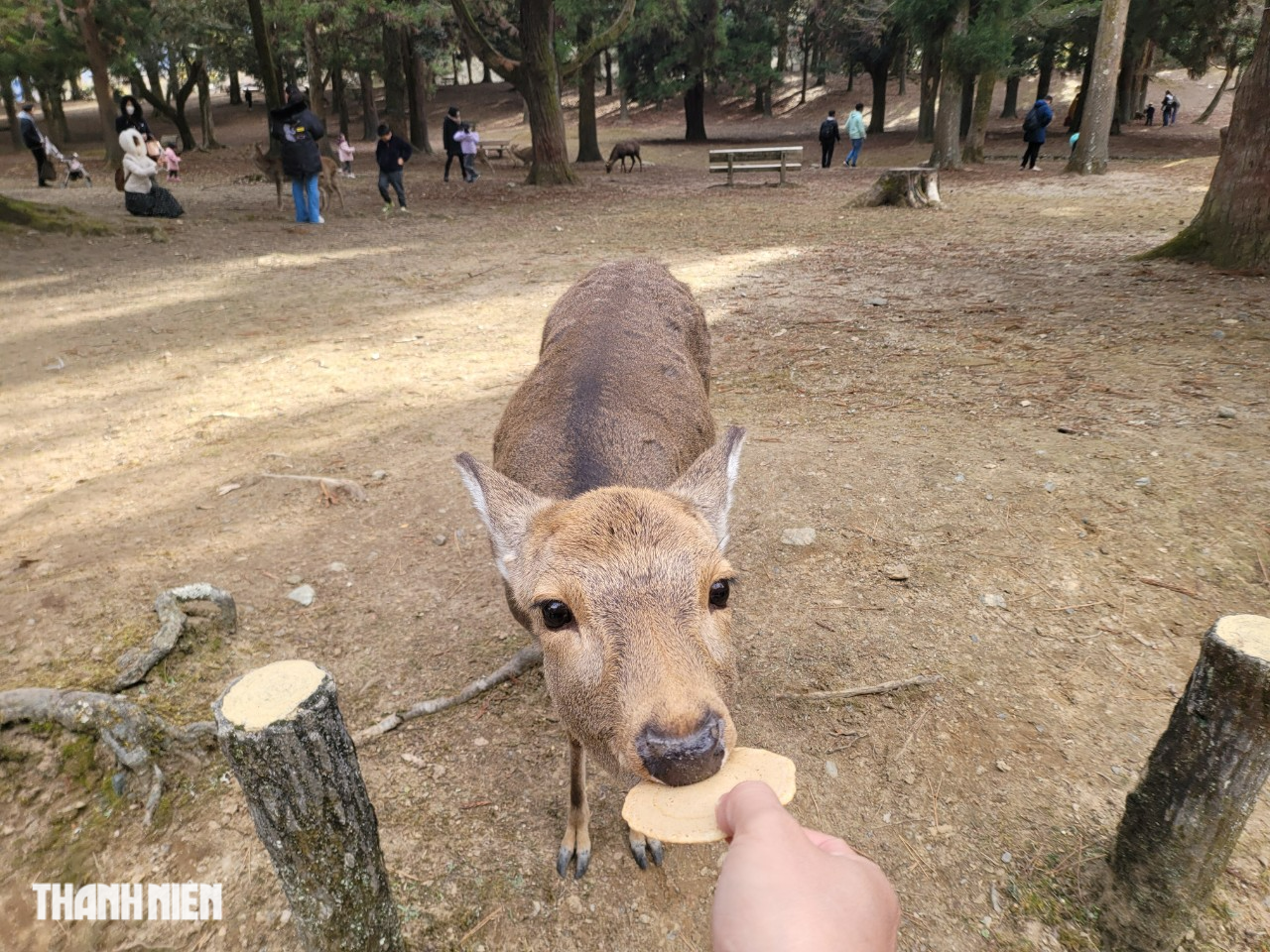
Nowadays, visitors to Nara Park can buy cakes to feed the deer. When the deer spot the visitors holding the cakes, they come over and quickly nod until they get the cake in their mouths, and then repeat the same process to ask for another piece.
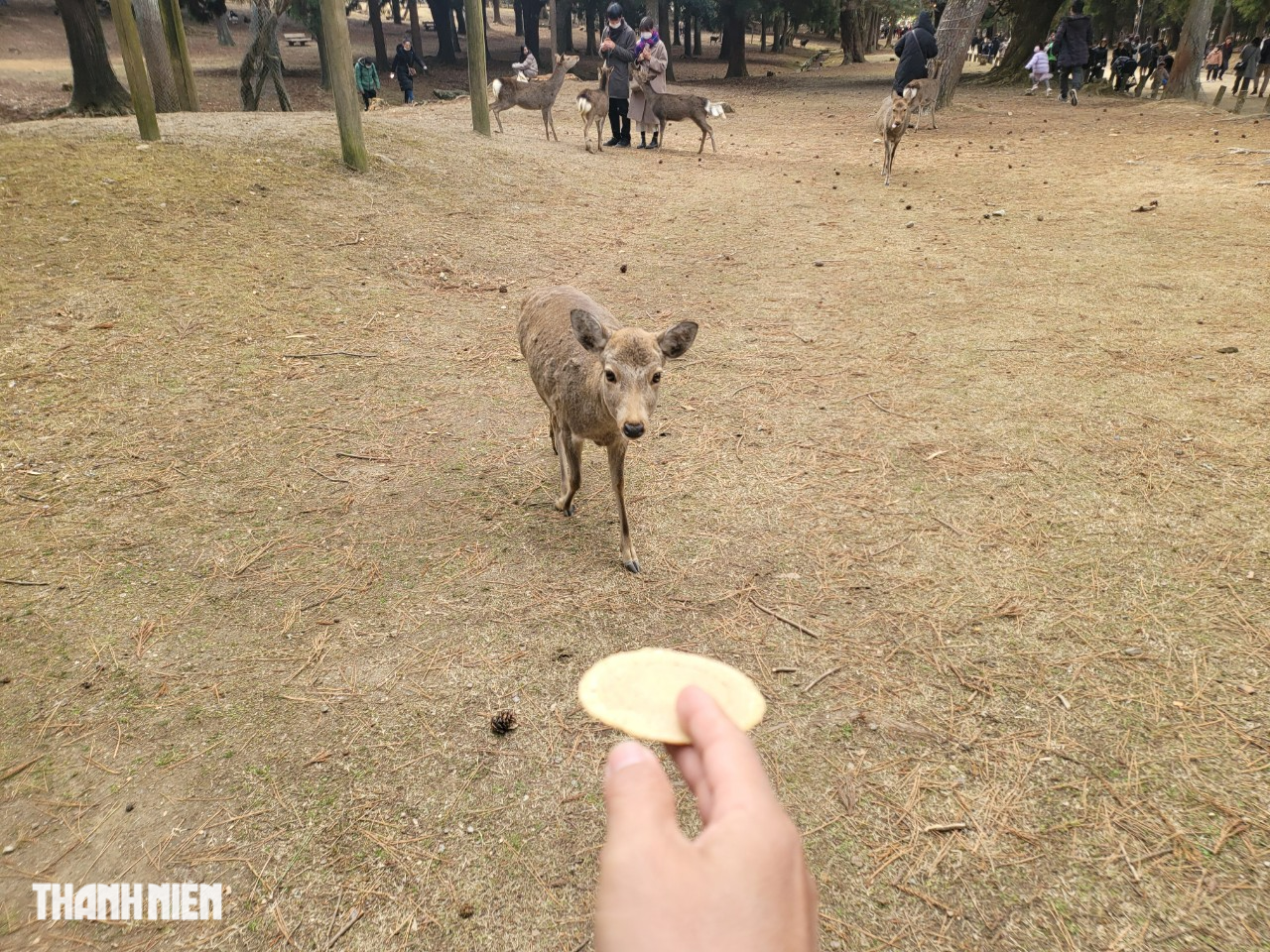
The park is home to deer and humans only pass through. Over the years, they have learned a special way to ask for food.
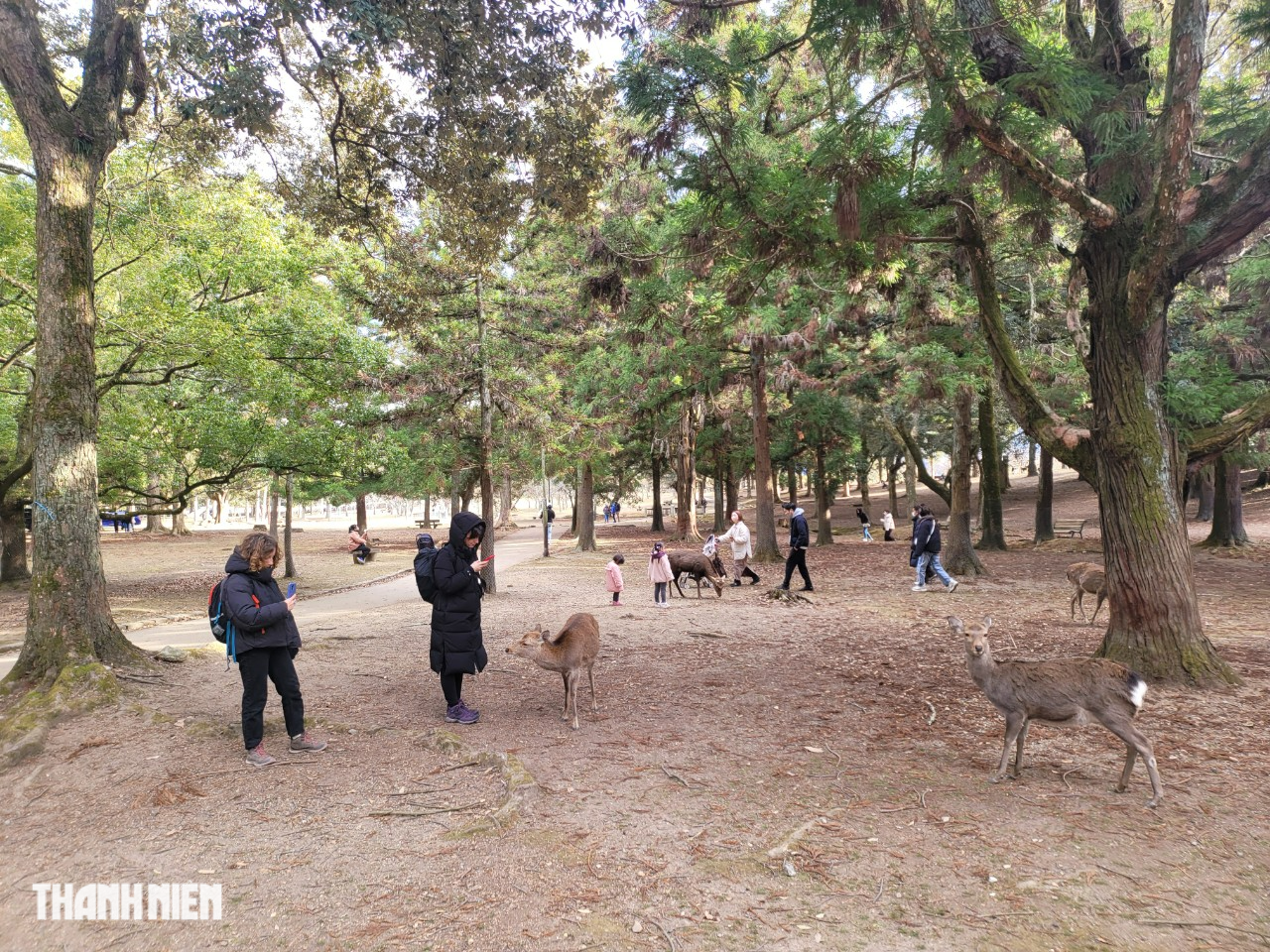
The smartest deer, in search of more cakes, have even made their way to the entrances near temples and posed solemnly, waiting for the influx of tourists to come and enjoy them. Somehow, they have learned that dedicating themselves to the perfect photo for tourists will result in more cakes.
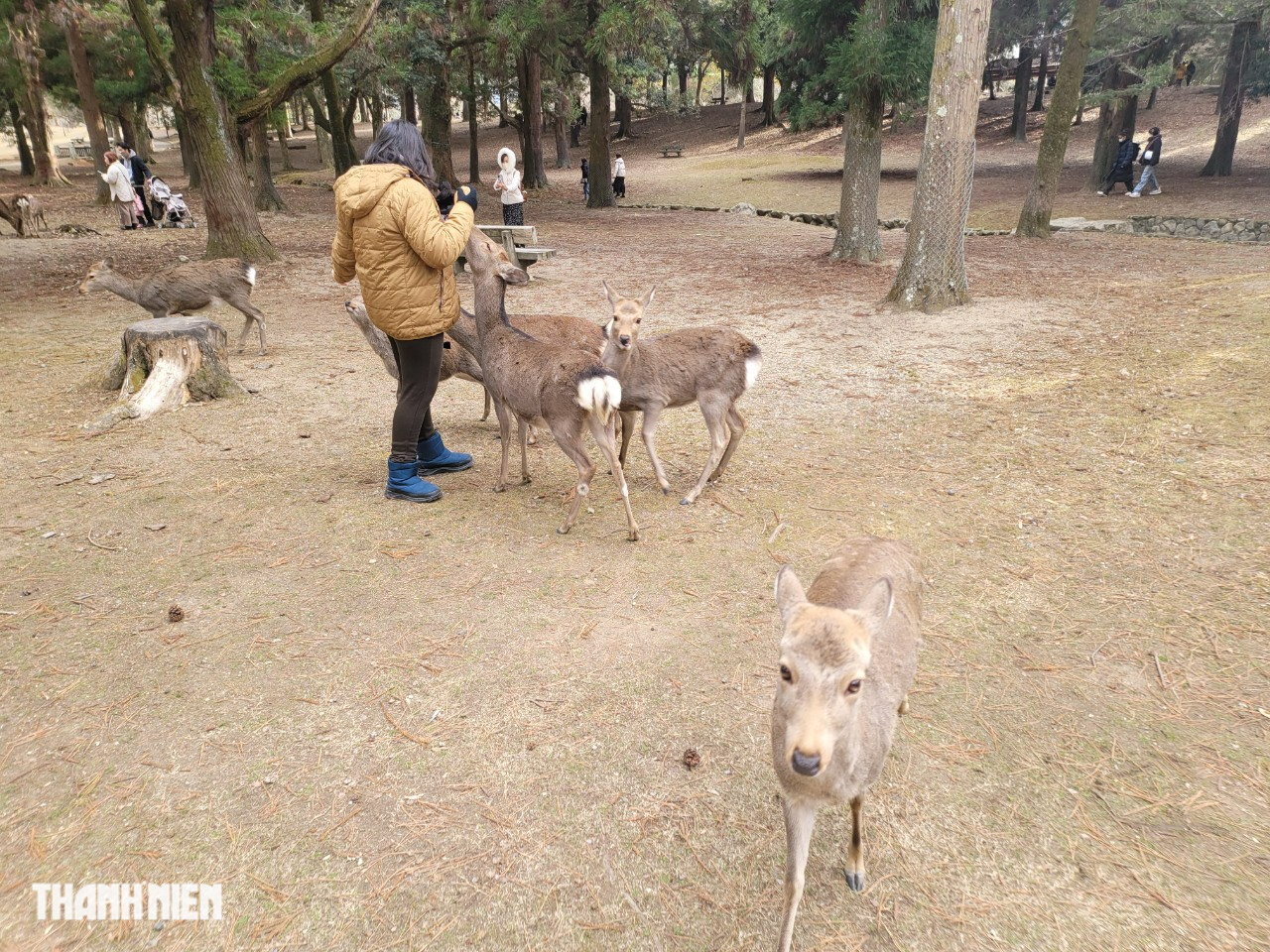
The deer are very docile, but many reports on social networks say that if after many times nodding their heads to ask for bread and you don't give them, they will get angry and aggressively cause trouble.
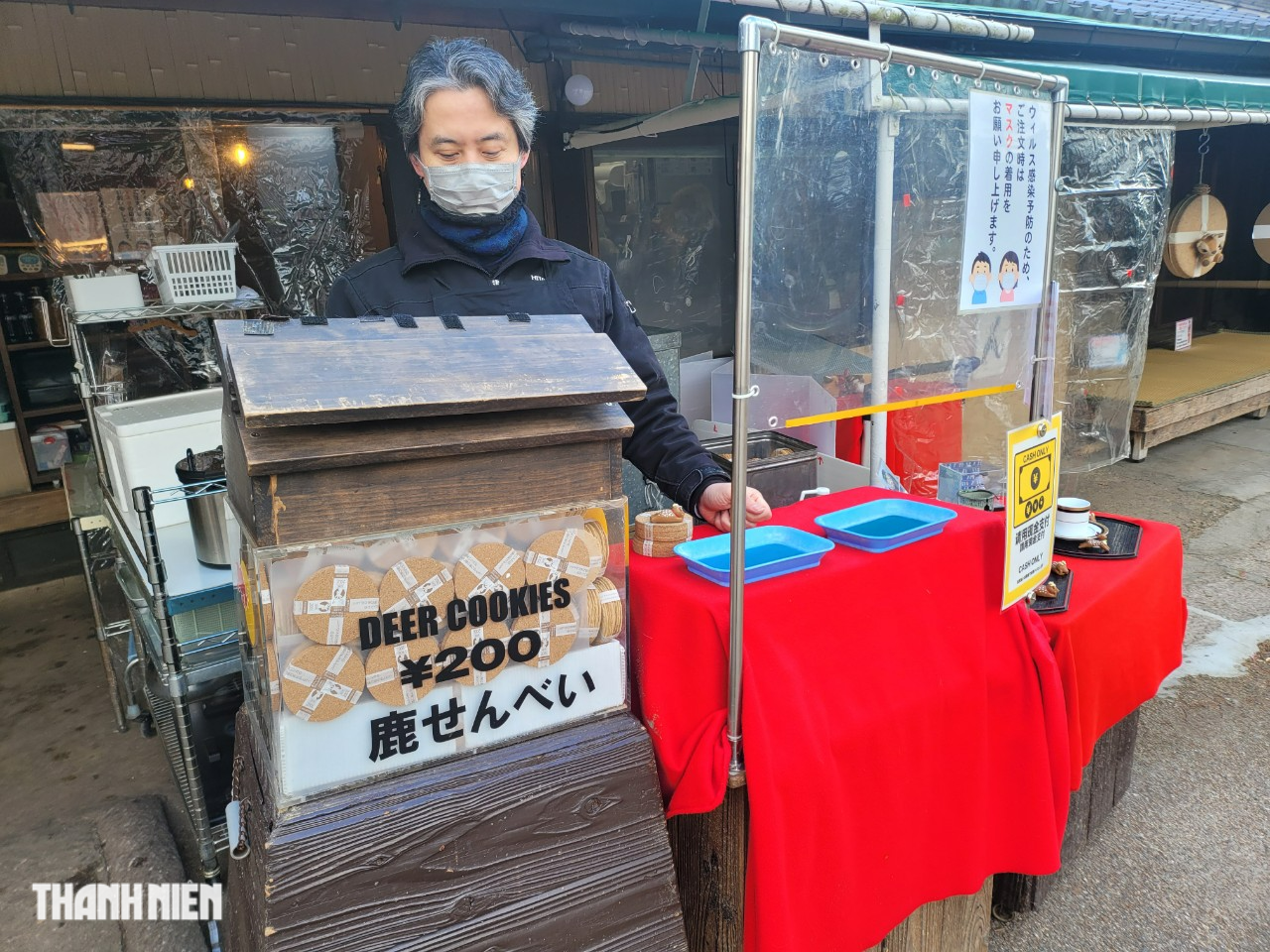
A portion of cake here is sold for 200 yen, about 35,000 VND.
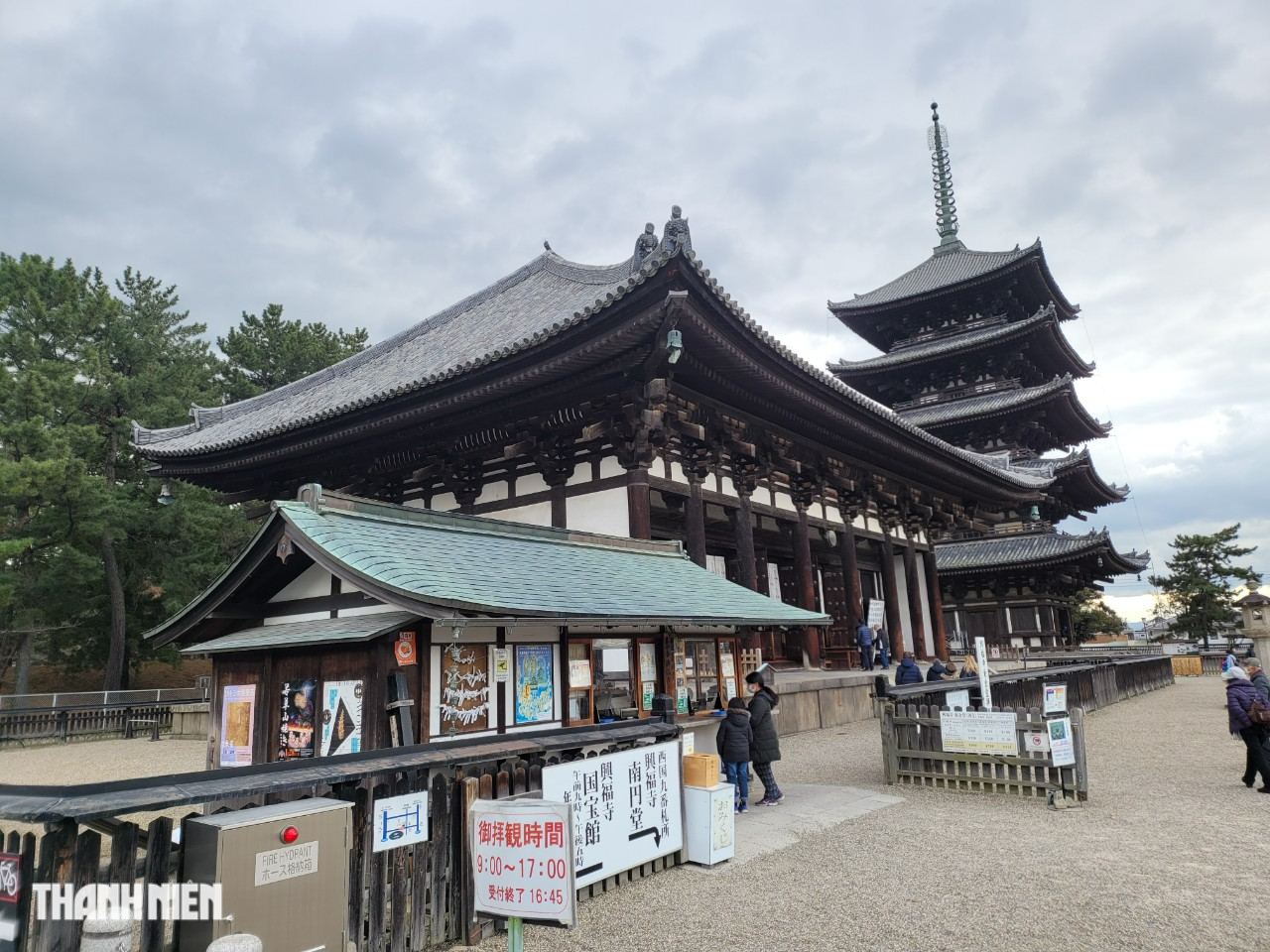
In addition to the famous deer, the park is home to Kofokuji, the family temple of Nara's most powerful and influential clan. There's also Japan's second tallest five-story pagoda, first built over a thousand years ago. Todaiji Temple, the world's largest wooden structure and a UNESCO World Heritage site, is also located within the park. So is the National Treasure Museum, renowned for its collection of Buddhist art...
Source link









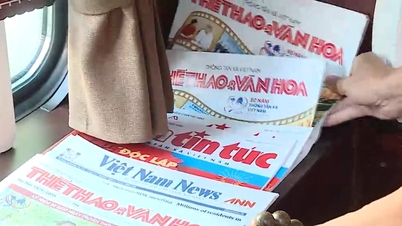



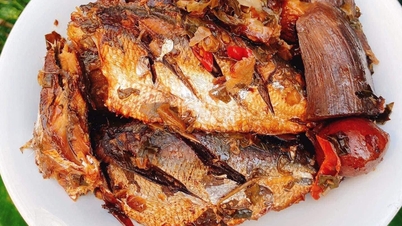
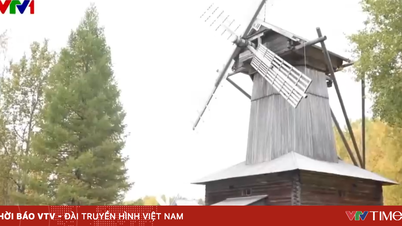








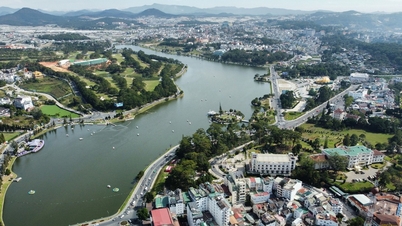
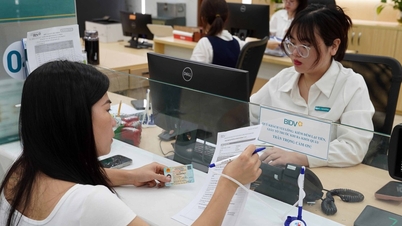
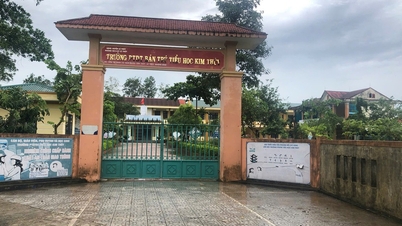








































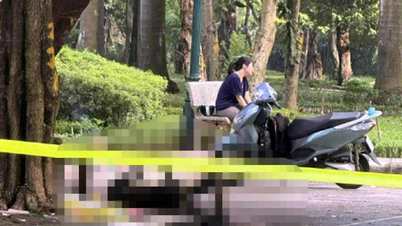

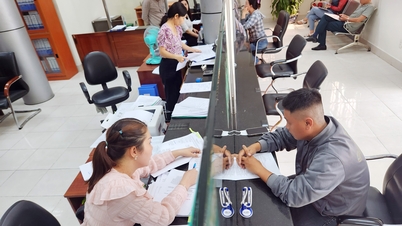

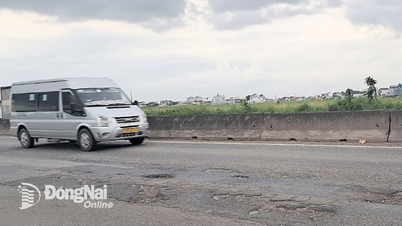
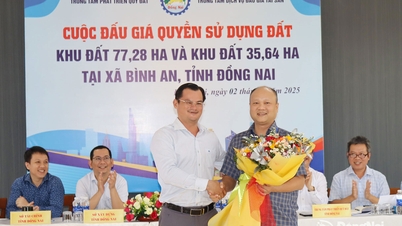
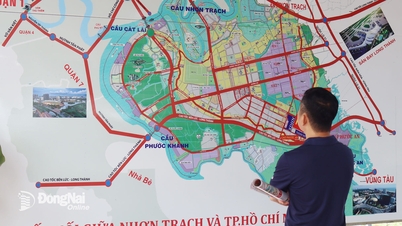
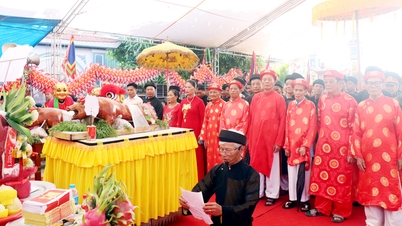














Comment (0)